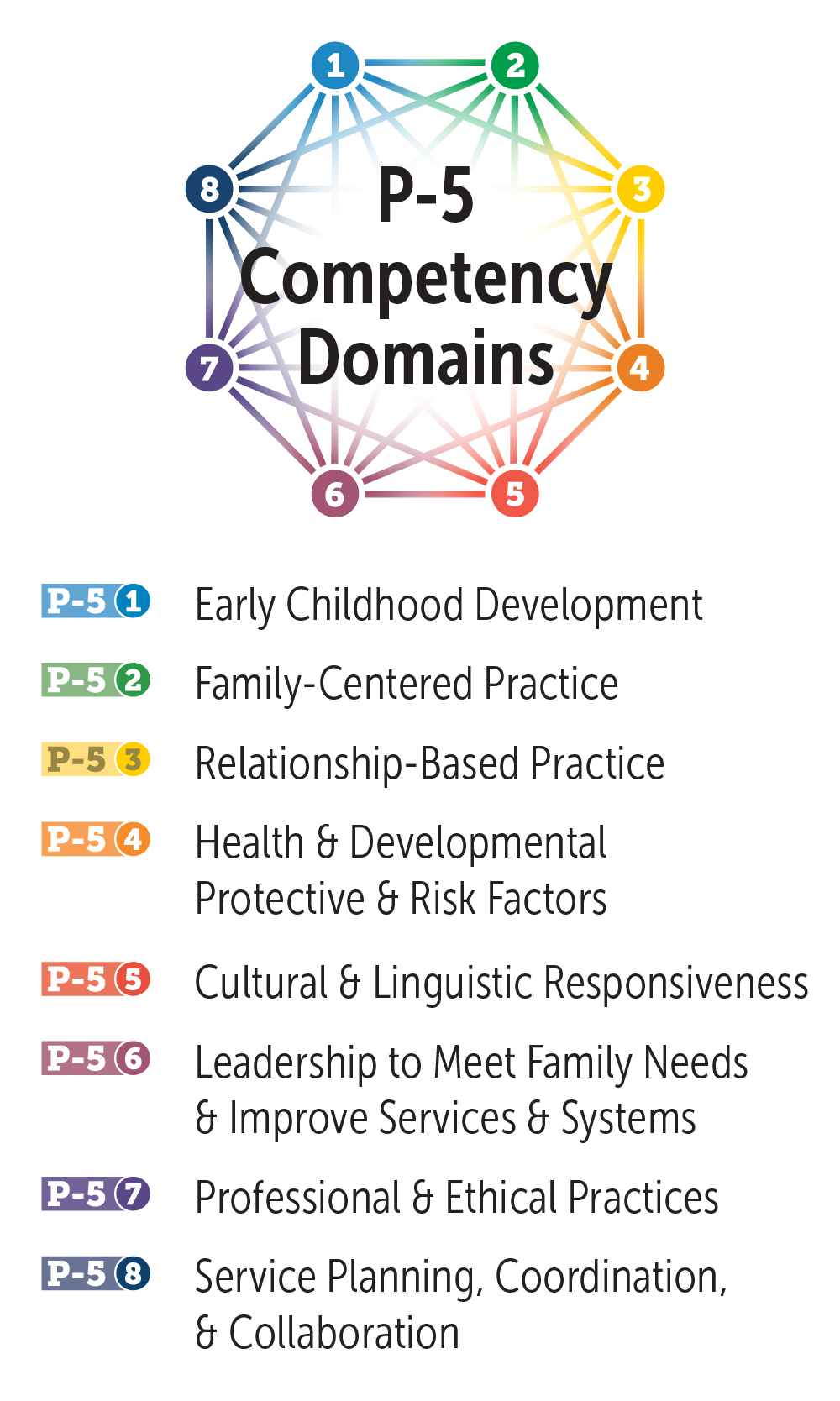
Critical Competencies for Infant-Toddler Educators™ Online Module L&L-1: Promoting Communication Exchange
Even before infants and toddlers are verbal they benefit from the back-and-forth interaction that includes language from the caregiver. Infant-toddler educators promote language and communication exchange by reading and responding to young children’s earliest attempts to communicate their emotional, physical, and social needs. A baby’s cries or nonverbal signs communicate many things—sometimes it indicates hunger or fatigue, sometimes it is a request for interaction or comfort. By responding to these communication attempts verbally and nonverbally (e.g., “It sounds like you are ready to get out of your crib. Would you like to come out?”) and then waiting for a child’s response (extending arms toward the child while waiting and watching for him to make eye contact or to reach his arms up to indicate he is ready to be picked up and taken out of the crib), infant-toddler educators teach children that there is a back-and-forth exchange to communication and that their communication efforts result in a caring response that meets their expressed need. At the same time, these responses also set the stage for conversational exchange when children begin to express themselves verbally or with sign language. Sign language is also another way to reinforce communication with all pre-verbal children and helps support emerging and varied communication efforts. Competent infant-toddler educators support early communication attempts with their own language to model and support the development of these emerging expressive language skills.

